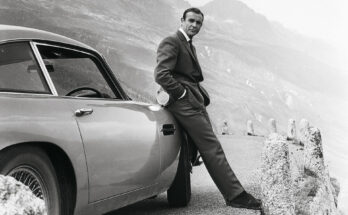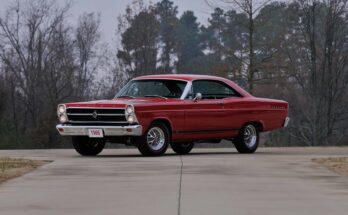The 1963 Buick Riviera stands as one of GM’s greatest postwar achievements for its groundbreaking design, performance, and influence. Designed by Bill Mitchell, its sleek lines and hidden headlights blended European elegance with American flair, redefining automotive style. Powered by a 401- or 425-cubic-inch V8, it offered 325–340 horsepower, balancing luxury with grand-touring capability. The Riviera pioneered the personal luxury coupe segment, with a refined interior and advanced features like power windows and air conditioning. Selling 40,000 units at $4,333, it captured the 1960s’ spirit and remains a collector’s icon for its timeless design and lasting impact on GM’s legacy.
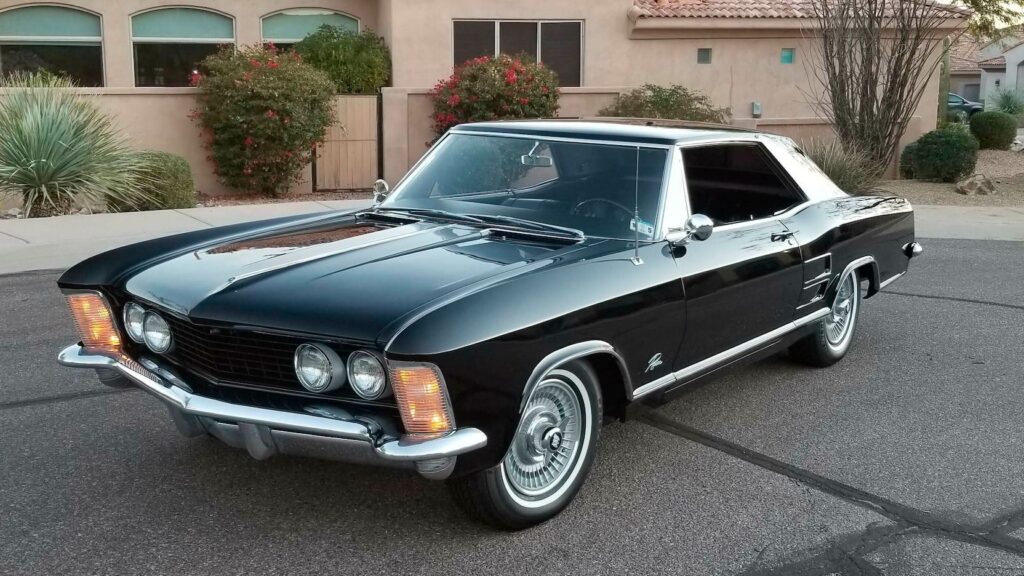
Design and Styling
The Riviera’s design, led by GM’s styling chief Bill Mitchell, was a standout. Inspired by European grand tourers like Ferrari and Rolls-Royce, it featured a sleek, low-profile silhouette with clean lines and minimal chrome—a sharp contrast to the era’s often gaudy designs. Its knife-edge front end, hidden headlights (a first for Buick), and sculpted rear gave it a refined yet aggressive stance. The interior was equally luxurious, with a cockpit-like dashboard, premium materials like leather and walnut, and bucket seats that emphasized its sporty character. The Riviera’s design was so distinctive that it’s often credited with launching the personal luxury coupe segment in America.
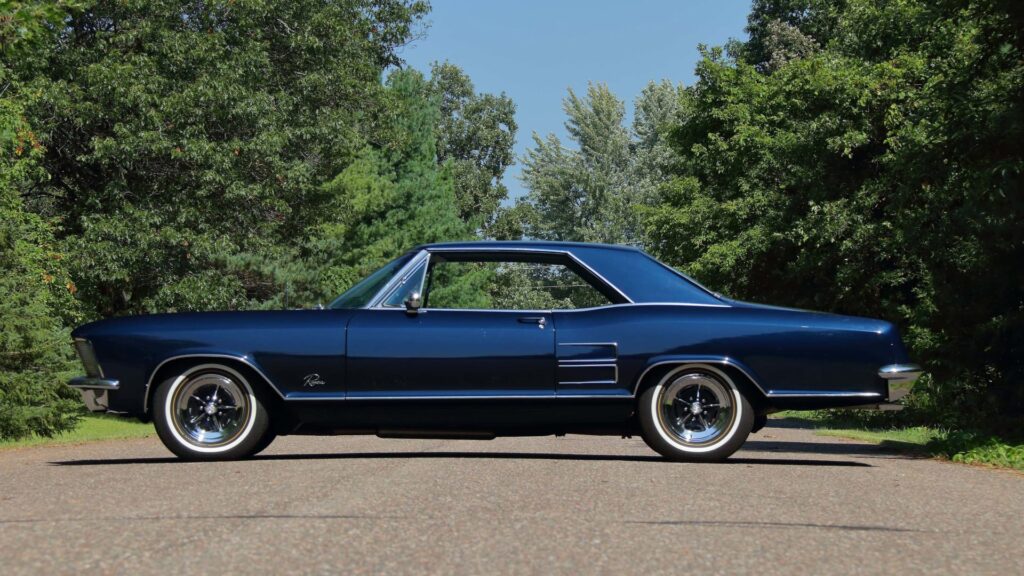
Performance
Under the hood, the 1963 Riviera came standard with a 401-cubic-inch (6.6L) V8 engine, producing 325 horsepower and 445 lb-ft of torque. An optional 425-cubic-inch (7.0L) V8, dubbed the “Wildcat 465” for its torque output, delivered 340 horsepower. Both engines were paired with a two-speed Dynaflow automatic transmission, prioritizing smooth cruising over quick shifts. The Riviera’s suspension—independent front and live rear axle—was tuned for a balance of comfort and handling, making it a capable grand tourer. It could hit 0-60 mph in about 8 seconds, respectable for a 4,200-pound car.
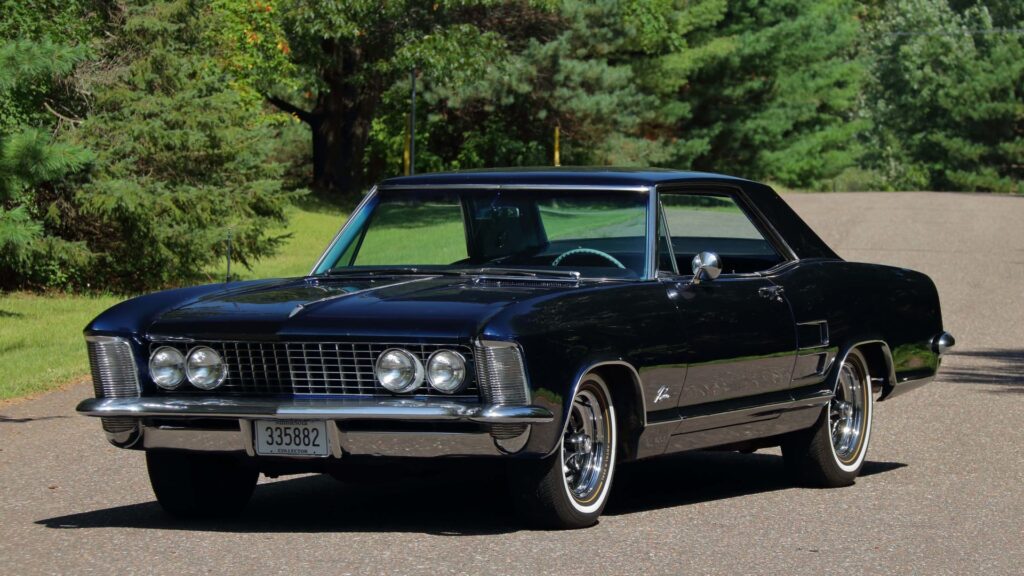
Features and Innovations
The Riviera was packed with advanced features for its time, including power windows, power steering, and optional air conditioning. Its hidden headlights, which flipped up from the grille, were a technical marvel and a styling signature. The car also offered a premium ride with its robust X-frame chassis, though it lacked the structural rigidity of later unibody designs.
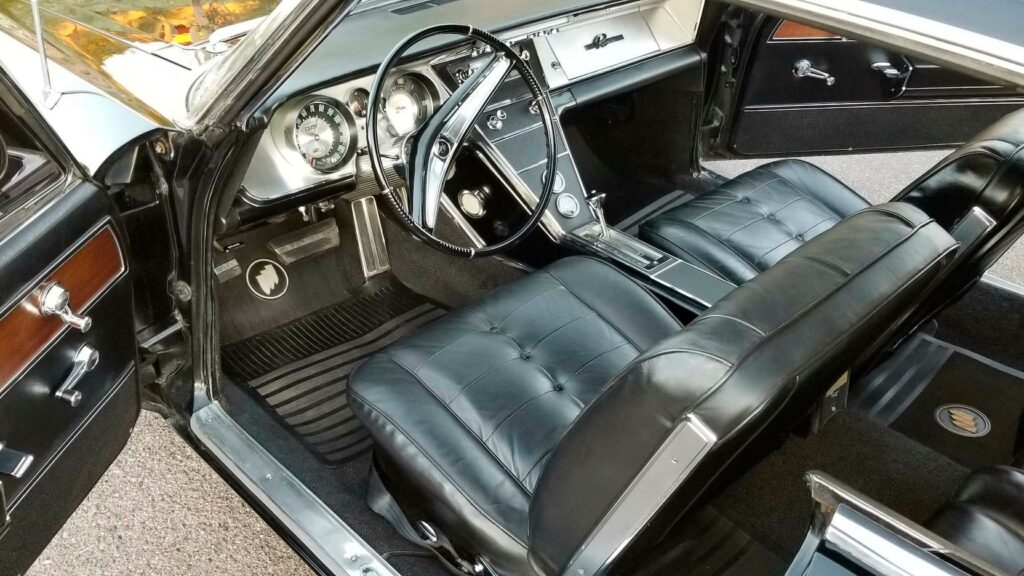
Market and Legacy
Priced around $4,333 (about $45,000 in 2025 dollars), the Riviera targeted affluent buyers seeking a blend of American power and European elegance. It competed with the Ford Thunderbird but carved its own niche with its unique styling. Buick sold 40,000 units in 1963, a strong debut that cemented the Riviera’s status as a classic. Its influence persisted through subsequent generations, with the first-generation (1963–1965) models remaining the most iconic.
Cultural Impact
The 1963 Riviera was more than a car—it was a statement. It embodied the optimism and sophistication of the early 1960s, appealing to buyers who wanted individuality without sacrificing luxury or performance. Today, it’s a collector’s favorite, celebrated for its timeless design and role in defining the personal luxury coupe genre.

